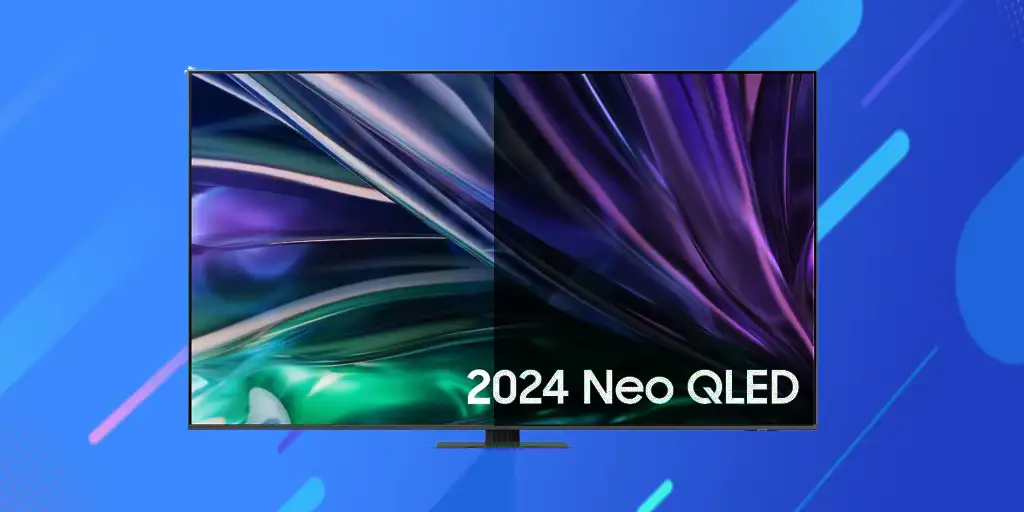When exploring the technical specifications of Samsung TVs, one parameter often catches the eye: local dimming. It’s not just the feature itself that’s highlighted but also the array of enticing names that manufacturers use to promote it—Supreme UHD Dimming, Ultimate UHD Dimming, Ultimate UHD Dimming Pro, UHD Dimming, Ultimate 8K Dimming, Ultimate 8K Dimming Pro, and so on. These names, however, are little more than marketing slogans designed to captivate potential buyers.
At its core, local dimming is a function controlled by software, regardless of the fancy branding. Two primary factors determine its effectiveness: the type of screen, as it must be compatible with local dimming, and the software algorithms that govern its operation. These algorithms, consistent across the range of promotional titles, are responsible for adjusting the backlighting. For instance, when a black image is displayed, the backlight is turned off to enhance contrast. Yet, the process is far from straightforward, requiring precision to balance visual performance with the viewer’s expectations.
In essence, while the names may change, the principles of local dimming remain the same—a harmonious blend of screen technology and software ingenuity.
Dimming the TV screen, what it is and how it works
The functionality of local dimming is closely tied to the type of display and its underlying manufacturing technology. This feature is exclusive to LED displays, which themselves employ two primary types of backlighting:
EDGE Backlighting:
In this configuration, the LED lights are positioned along the bottom edge of the display. Typically, two lines of LEDs illuminate their respective halves of the screen. A reflective layer within the display, with varying degrees of reflection, ensures a uniform distribution of light from bottom to top.
Direct LED Backlighting:
This method offers two distinct variations:
- Traditional Direct LED Backlighting:
Older designs feature horizontal rows of LEDs on the back of the display. Light diffusion is achieved using lenses affixed to the LEDs. - Mini LED Backlighting:
The latest innovation, this system incorporates thousands of tiny LEDs arranged in a dense grid. This advanced setup provides more precise and even illumination.
Local dimming capabilities vary significantly between these backlighting types:
- EDGE Backlighting: Local dimming is almost non-functional, as it can only operate vertically from the bottom to the top of the screen—a scenario that seldom aligns with typical video content.
- Traditional Direct LED Backlighting: Local dimming is limited to larger dark sections of an image, which are also relatively rare.
- Mini LED Backlighting: This advanced system excels in local dimming, effectively handling smaller areas of an image. The LEDs are divided into hundreds of zones that can be individually turned off to enhance contrast and deliver a superior viewing experience.
What Supreme UHD Dimming means in a Samsung TV
Supreme UHD Dimming is a trademark applied for in January 2016 by Samsung. It is one of the names of the local dimming technology for UHD TVs.
This local dimming system in Samsung TVs was first implemented in the 9-series TVs with SUHD screens, on quantum dots, in 2018 this technology was also applied in the 7-series TVs. By 2024 Supreme UHD Dimming is in EDGE backlit TVs and Mini Direct LED backlit TVs. Basically, if you see this dimming in your TV, it means that the TV has very poorly dimmed areas of the picture, an entry-level backlight control system.
What Does UHD Dimming Mean?
When UHD TVs were first introduced, “UHD Dimming” served as a simple shorthand for the dimming technology used in these displays. Initially, it referred to the basic dimming software that accompanied TVs with UHD resolution. Since the technology lacked any distinctive features, the term gradually fell out of favor. You can still find this designation on TVs produced between 2018 and 2020, but it has since been replaced by other names.
Ultimate UHD Dimming, Ultimate UHD Dimming Pro, Ultimate 8K Dimming, Ultimate 8K Dimming Pro
These names are part of Samsung’s ongoing marketing strategy. As TVs in higher price ranges require more sophisticated branding, terms like “Ultimate Dimming” emerged, later followed by the “Pro” prefix to suggest further advancements. However, in practice, all these dimming technologies operate on the same fundamental principles.
Should You Consider Dimming Names When Choosing a TV?
For most buyers, the specific name of the dimming technology is of little significance. Variations of these dimming systems are present in nearly all modern TVs, so the feature is far from exclusive. It’s more important to focus on overall performance and specifications than on marketing-driven terminology.







